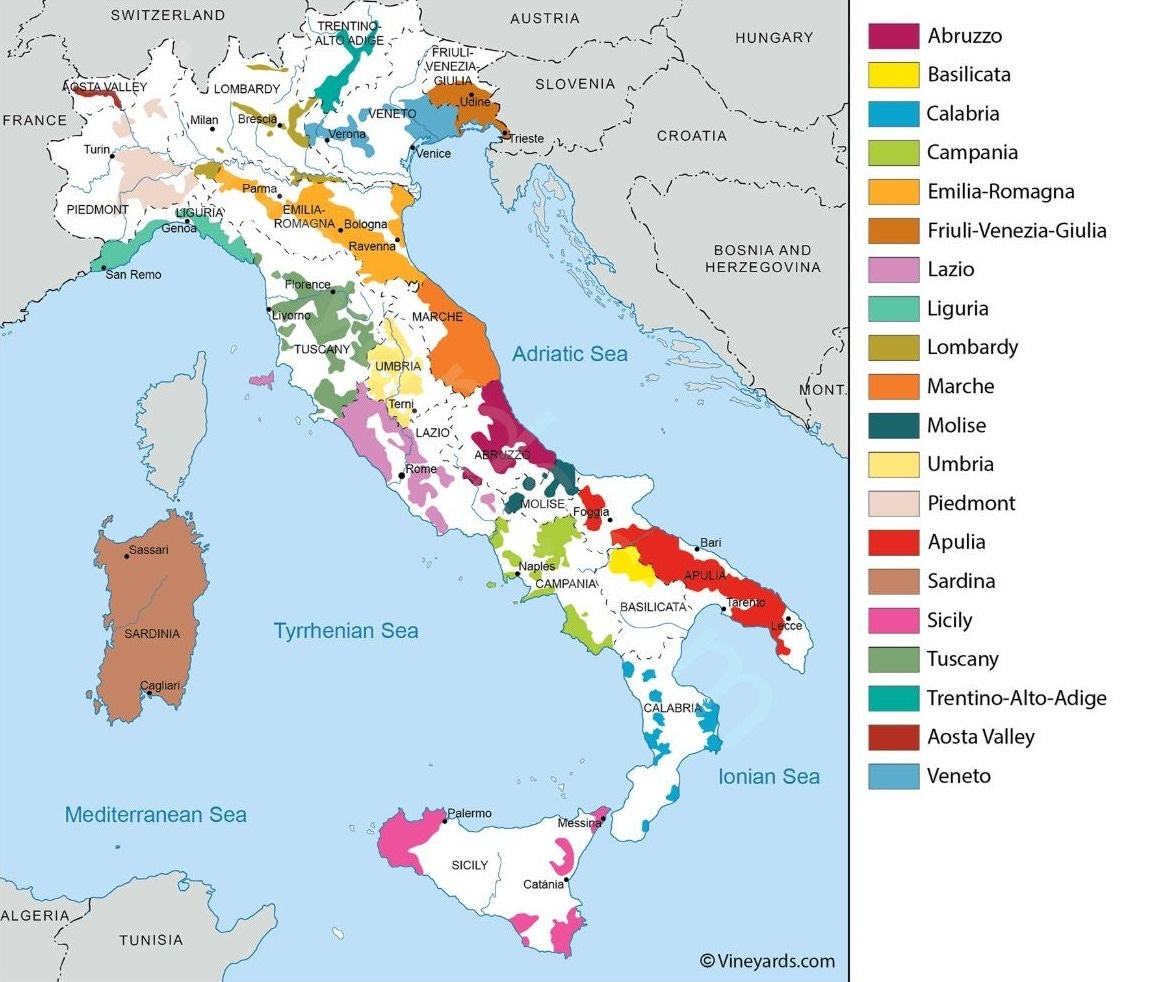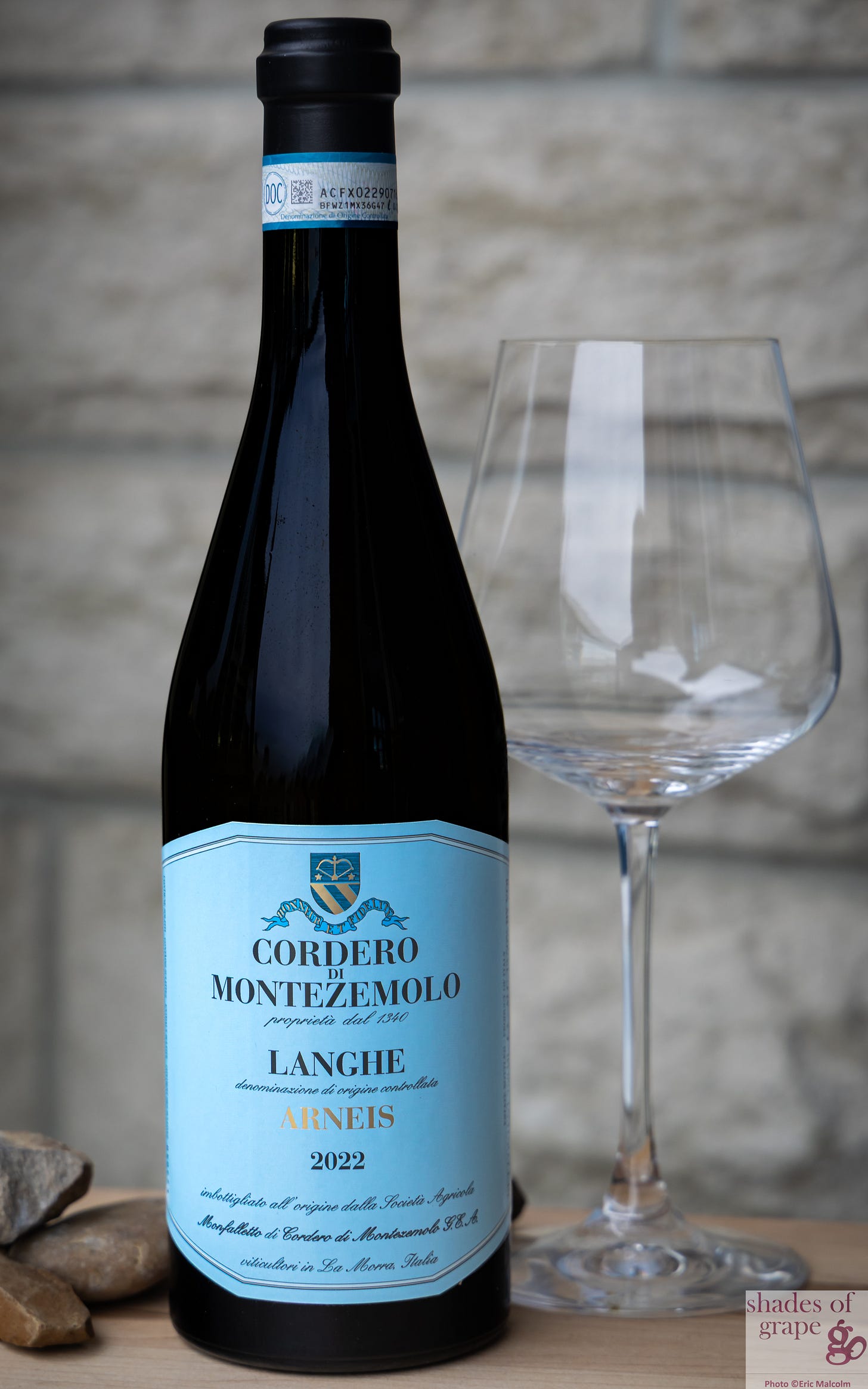Goldilocks Acidity: How Winemakers Get Arneis Just Right.
- arneis, acidity & aha moments: what i learned this week.
Beat the April 1, 2025 Alberta wine tax increase.
Since, I can squeeze one more order before the tax increase, I am now booking another personal shop time, for Saturday, April 5, 2025, appointments on the hour, at Cork in Bow Valley Square, Calgary. Yes, the store is closed on weekends & I am opening it just for you! Please get it touch with me!
Weekend does not work? Let me know … maybe we can work something out!
Thanks to all the paid subscribers for their support! This funding helps cover the costs involved in creating these weekly articles!
Appreciate my wine recommendations? Enjoy my personal wine curation service? Consider upgrading to a paid subscription! Help me continue sharing the world of wine with you.
A couple weeks ago, I explained about indigenous varieties. So let’s talk about an Italian white indigenous variety called Arneis.
As I was researching, I was seeing certain sources being rather disparaging towards the Arneis grape. I rolled my eyes and thought, how unfortunate that there was no context.
I did find one source that did the grape justice, but the best source was a visit from an Italian producer at Cork, by coincidence, the very next day.
Again, by fluke, he started talking straight away about how poor the Roero population used to be. The Roero sub-region, in Piemonte in Northwest Italy, is the ancestral home of Arneis. To make the largest quantity of wine possible and consequently the most money possible, grape growers would not control vine yields. This, along with the fact that as the Arneis grape ripens its acidity tends to drop rather suddenly, made for light intensity and relatively lower acidity wines.
Translation: boring and neutral!
Yup.
But, as with many regions in the wine world, quality winemaking started being a priority for producers. So, these quality wine producers started controlling yields.
How do they do that?
With a method called green harvesting (green meaning unripe). When growers have an idea of what the yield will be, they will remove some unripe grape bunches from the vine to decrease the yield of each vine. This increases the intensity of aromas and flavors, ultimately producing higher quality wine.
How do they handle the fact that Arneis’ acidity level can be lower than ideal?
What this producer does is pick the Arneis at 2 different times. The earliest harvest produces grapes that are very high in acidity. The wine produced from it is very tart and hard to drink. The wine from the second harvest is vinified with some skin contact to extract additional flavor from the skins and to add texture to the wine. Its acidity will be considerably lower. They eventually blend these two wines to make the final wine.
Creative!
Indeed.
Have you described how to sense acidity in wine?
Acidity makes your mouth water. If you think of squeezing a lemon into your mouth, what happens to you? Just writing this makes me think of lemons, aka high acidity, in my mouth and the saliva starts to build.
Acidity is a key structural component of wines. Without appropriate acidity, a wine will be flabby and flat tasting. A very acidic wine will make you wince and pucker, as with lemons. At a goldilocks acidity level, a wine will be in perfect balance with the wine’s other elements.
The featured wine is an Arneis from Langhe, the sub-region south of Roero. The Tanaro River separates the two sub-regions. I do not know if the wine’s grapes were harvested at different times, but I do know that the grapes came from 4 different areas within the Langhe; namely: La Morra, Alba, Guarene, and Castagnito. This itself may be enough to produce a variation in acidity and ripeness due to variations between the different areas’ micro-climates. This results in an interesting and balanced wine. In fact, this wine is high in acidity and quite complex!
Check out if your mouth waters!
Enjoying my recommendations? Consider upgrading to a paid subscription.
Cordero di Montezemolo Langhe Arneis 2022 from Piemonte, Northwest Tuscany, Italy
Style: Moderately high mineral driven white wine
Varieties: 100% Arneis
This fresh mineral driven wine has notes of white blossom, lemon oil, ripe yellow apple, unripe peach & nectarine, unripe cantaloupe, and white pepper. It has the additional complexity of sweet whipped cream, honey, and saline flavors completed by a long finish.
Best pairings: Seafood: grilled shrimp, seared scallops or white fish like halibut or sea bass perhaps served with a peach salsa, Cucumber salad, Watermelon and feta salad, Prosciutto-wrapped cantaloupe, Cheese: burrata, pecorino, and ricotta.
Serving Temperature: 7-9 degrees Celsius
Serving Tips: Ready to drink! Pour and enjoy!
Price: ~30 Cdn
Get ahead of Alberta’s April 1, 2025, wine tax increase!
I’m offering another round of personal shopping appointments at Cork in Bow Valley Square, Calgary, on Saturday, April 5, 2025—by appointment, on the hour. The store is normally closed on weekends, but I’m opening it just for you!
If you're in Alberta and want a one-on-one wine curation experience, now’s your chance. These private shopping sessions are becoming increasingly popular, so reach out to book your spot!
A huge thank you to my paid subscribers—your support helps cover the costs of creating these weekly articles.
Love my wine recommendations? Enjoy my personal wine curation service? If you find value in my writing, consider upgrading to a paid subscription to help me keep sharing the world of wine with you!
I have compiled all my wine recommendations in one place. I will do my best to keep this up to date. I also include the link(s) to the article in which the wine was featured.
Like what you are reading? Click on the ❤ to let me know it resonated with you!
SOURCES:
Harding, J. and Robinson, J. (2023) The oxford companion to wine. Oxford, United Kingdom: Oxford University Press.
MacNeil, K. (2022) The wine bible. New York, NY: Workman Publishing.
Wine map of Italy. vineyards. (n.d.). https://vineyards.com/wine-map/italy
Wine & Spirit Education Trust (2021) D3: Wines of the World - An accompaniment to the WSET Level 4 Diploma in Wines. Version 1.2. London: Wine & Spirit Education Trust.





